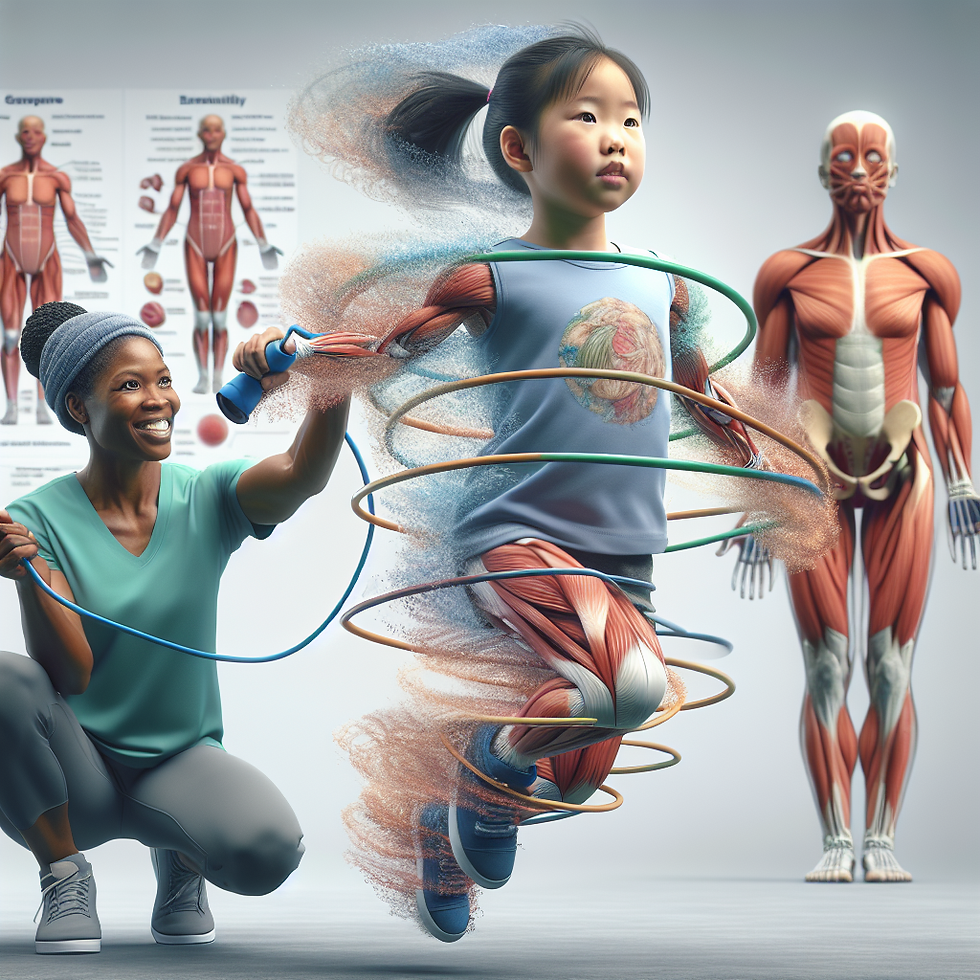Harmony in Healing: The Benefits of Dance Physical Therapy for Pediatric Rehabilitation
- fairytalept
- Jan 22, 2024
- 2 min read
In the realm of pediatric physical therapy, where every child is unique and healing is an art, dance physical therapy emerges as a powerful and harmonious approach to rehabilitation. Beyond the traditional methods, the integration of dance into pediatric physical therapy provides a myriad of benefits, fostering not only physical well-being but also emotional and social growth.

Body:
1. Engaging Rehabilitation Through Play:
Traditional physical therapy exercises can sometimes feel monotonous for children. Dance physical therapy adds a playful element, turning rehabilitation into an enjoyable and engaging experience. Through dance, children can heal while having fun.
2. Developing Motor Skills with Grace:
Dance, with its diverse movements and choreography, serves as a dynamic platform to enhance motor skills. Pediatric physical therapists leverage dance to address specific motor challenges, promoting coordination, balance, and spatial awareness.
3. Fostering Emotional Expression:
Expressive movement in dance allows children to communicate emotions that may be challenging to express verbally. Pediatric physical therapy through dance becomes a safe space for emotional release and exploration, contributing to the overall well-being of the child.
4. Enhancing Strength and Flexibility:
Dance involves a wide range of movements that naturally work various muscle groups. Through targeted dance physical therapy, pediatric patients can build strength, improve flexibility, and develop a solid foundation for physical health.
5. Cultivating Confidence and Self-Esteem:
Mastering dance techniques, even in the context of therapy, boosts a child's confidence. Achieving milestones in movement and coordination contributes to an enhanced sense of self-esteem, positively influencing their overall psychological development.
6. Building Social Connections:
Group dance sessions create an environment for social interaction. Pediatric patients engage with peers, fostering connections that extend beyond the therapy session. The social aspect of dance physical therapy contributes to a holistic healing experience.
7. Tailored Therapeutic Approaches:
Every child is unique, and dance physical therapy allows for personalized, tailored approaches to rehabilitation. Pediatric physical therapists can design dance routines that specifically address the individual needs and challenges of each patient.
Conclusion:
Dance physical therapy in pediatric rehabilitation is more than just movement; it's a symphony of healing. By embracing the expressive and rhythmic nature of dance, we open doors to a holistic approach to pediatric physical therapy. The benefits extend far beyond the physical realm, nurturing emotional resilience, social connections, and the overall well-being of our young patients. In the dance of rehabilitation, every step becomes a note, creating a melody of recovery and growth.



Comments